San Antonio Botanical Gardens
Betty Kelso Center




The heating ventilation and air conditioning design was carefully crafted to compliment the unique and sustainable architecture of the reclaimed sinker cypress used for the ceiling.
Architect: Weddle Gilmore
For more:
San Antonio Botanical Gardens Expansion



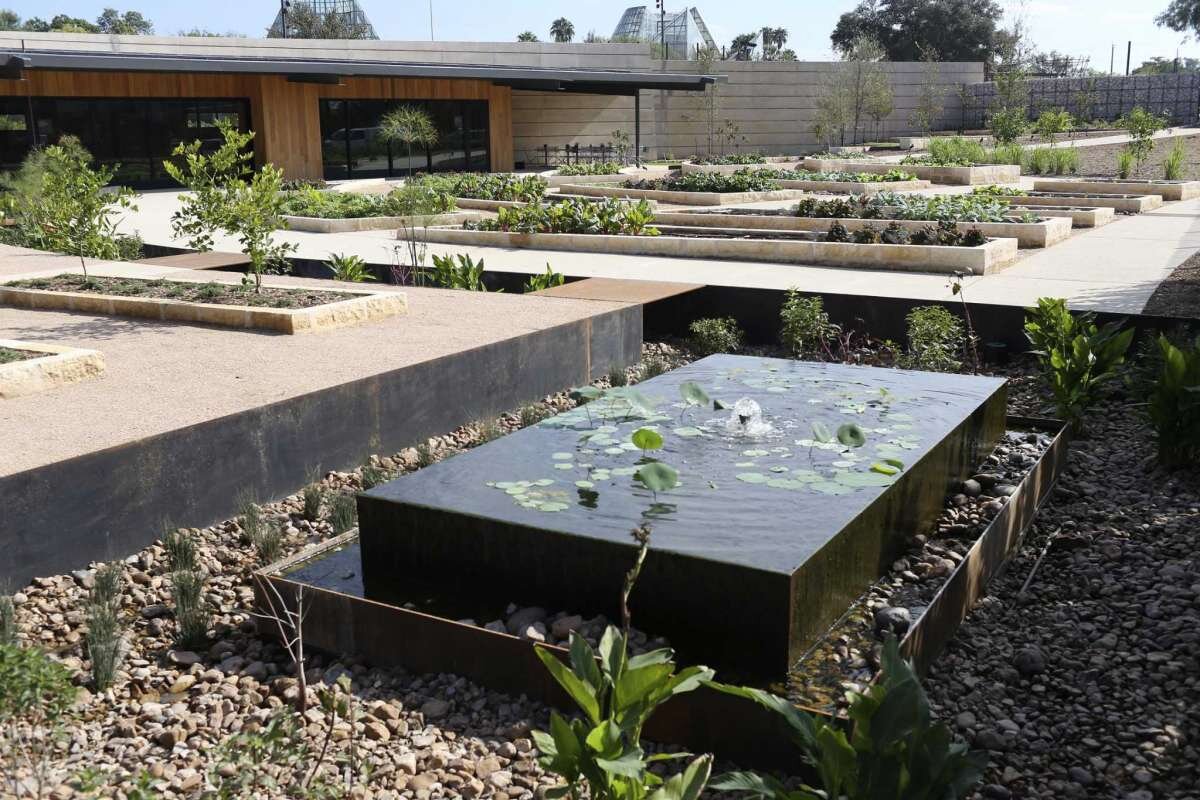

After earning $40M through its Grow Campaign, the San Antonio Botanical Gardens expanded by eight acres in 2017.
“Complementing the existing garden through a new entrance experience, a culinary garden and outdoor kitchen for teaching health and wellness, and a family adventure garden promoting nature play.”
Desert Botanical Gardens
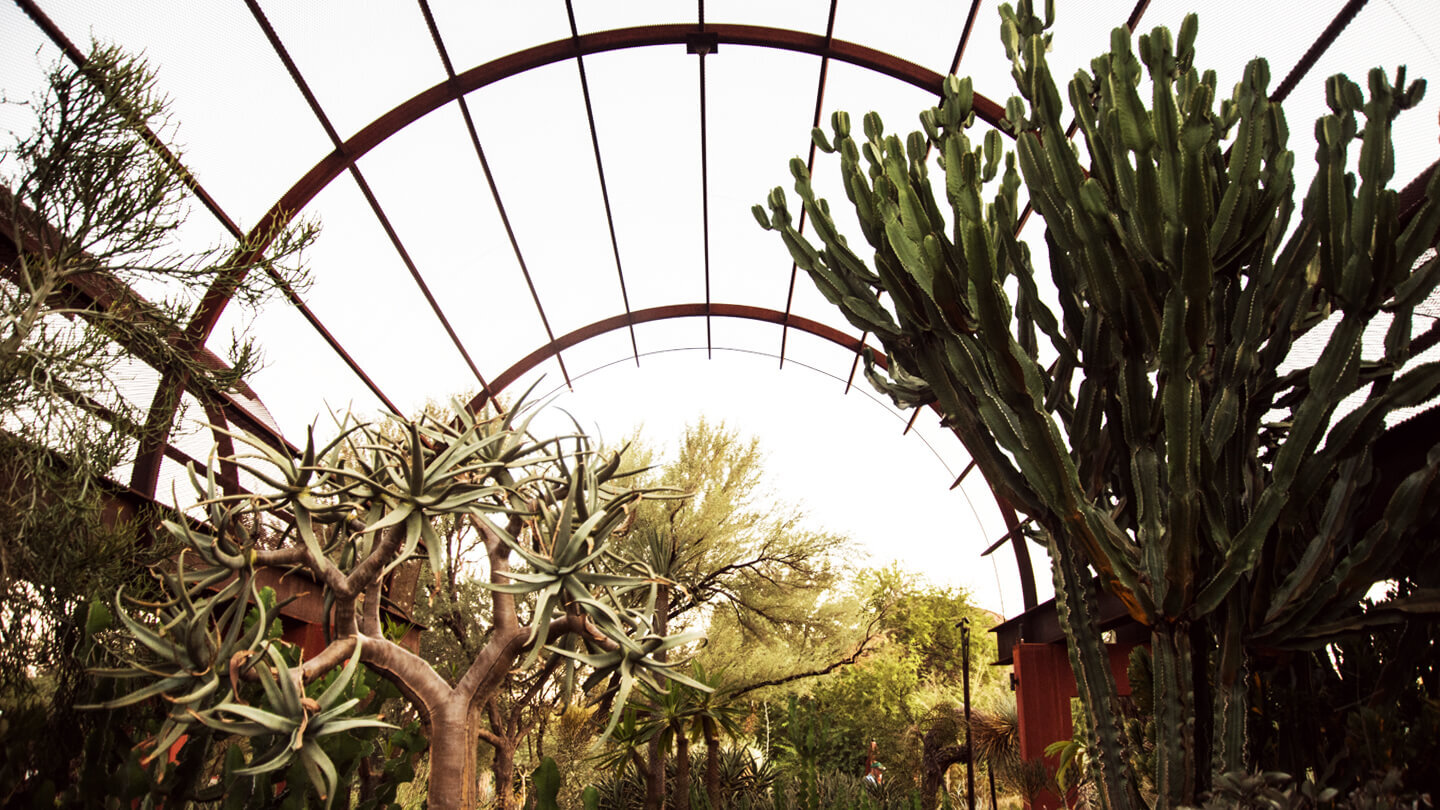
Architect: CoLab Studios
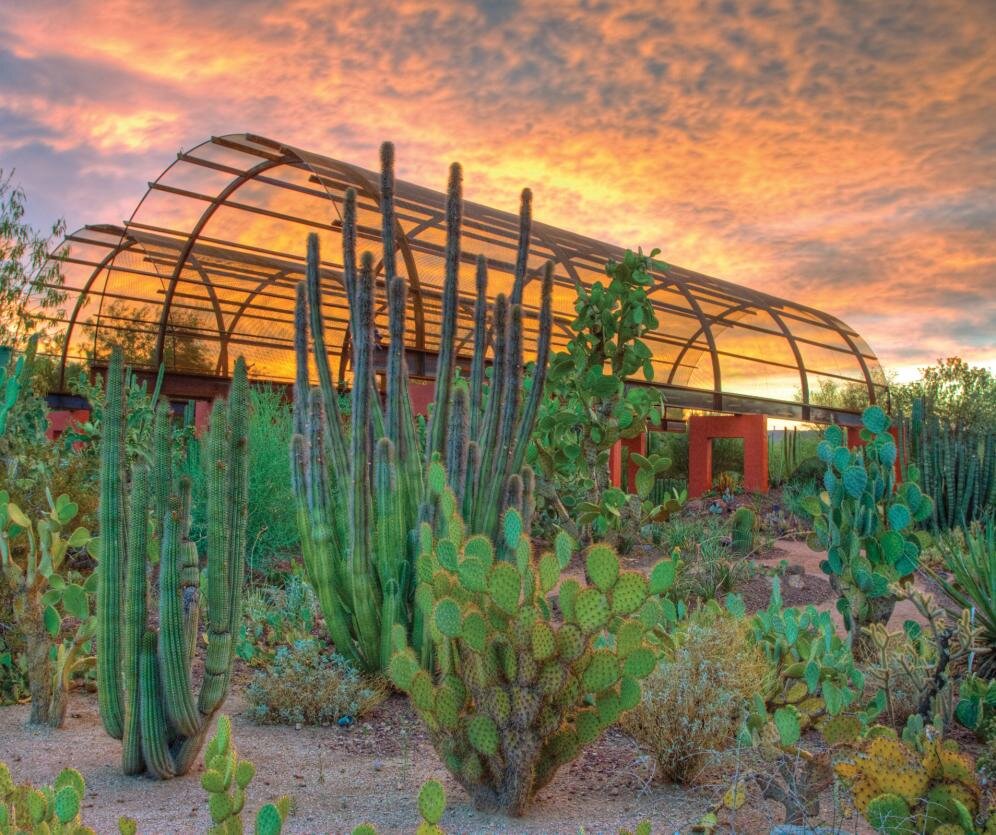
Architect: CoLab Studios

Architect: CoLab Studios

Architect: CoLab Studios
The Butterfly Pavilion at Desert Botanical Gardens
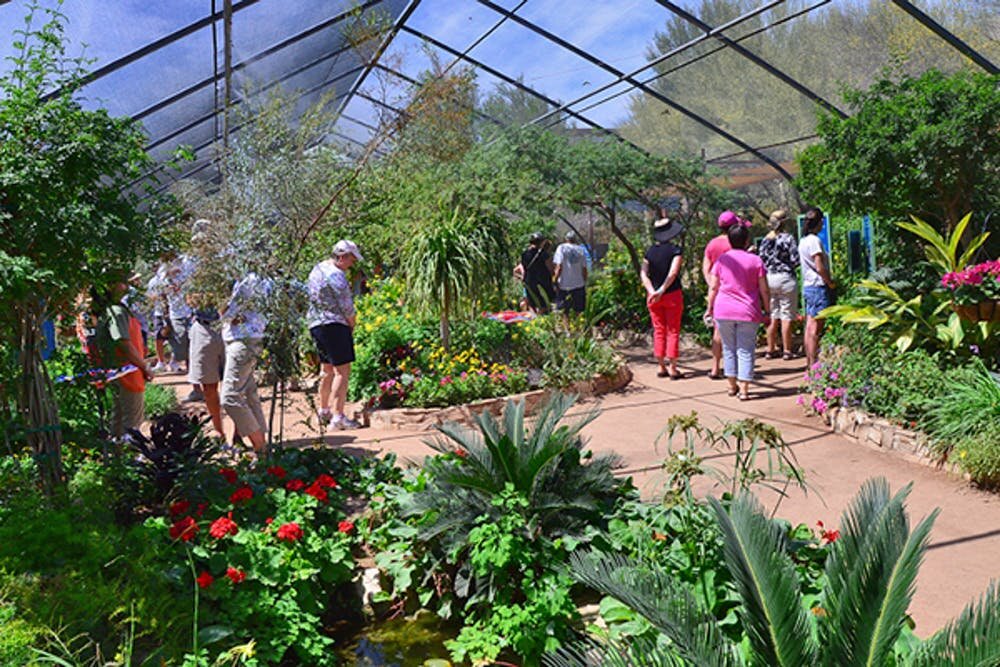


Spurlock Landscape
and the…
Conservation Lab at Desert Botanical Gardens
180 Degrees
Liberty Wildlife Rehabilitation Center
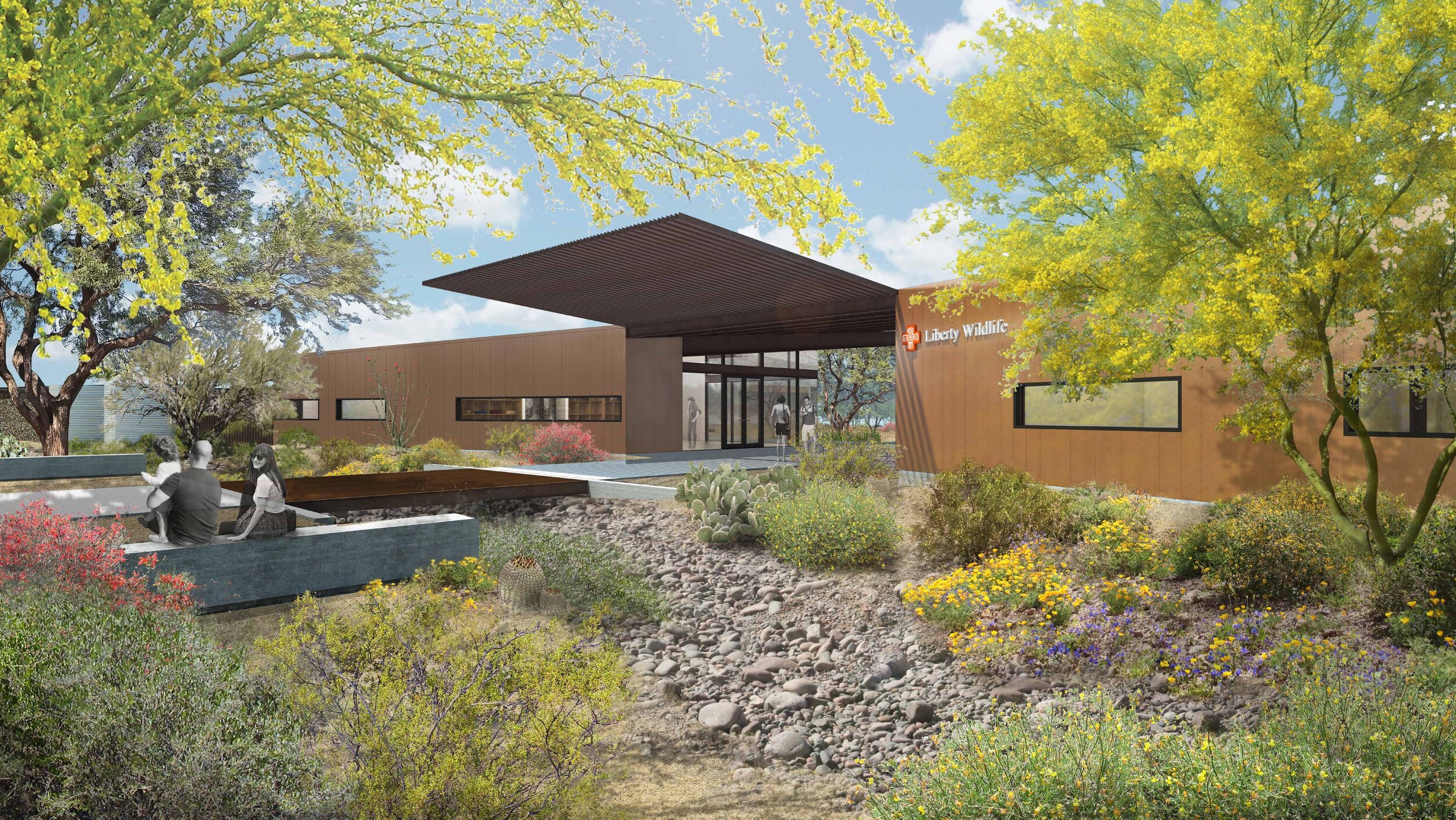
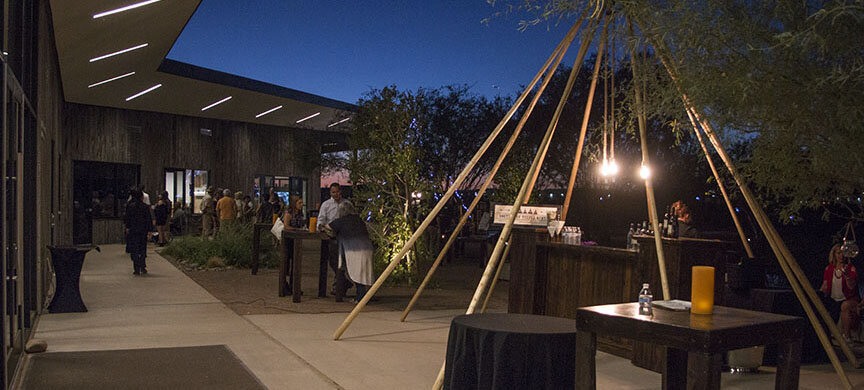


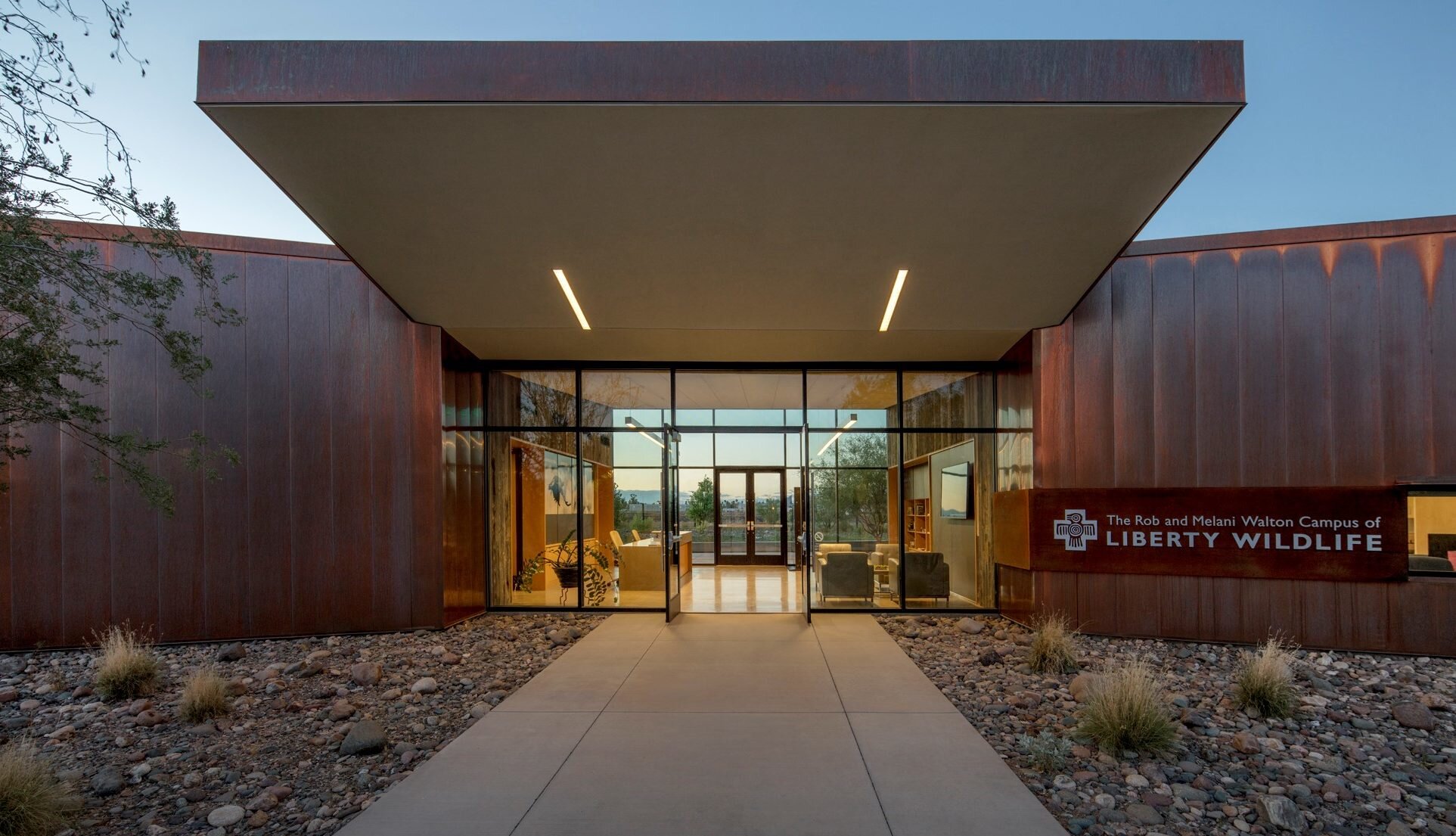
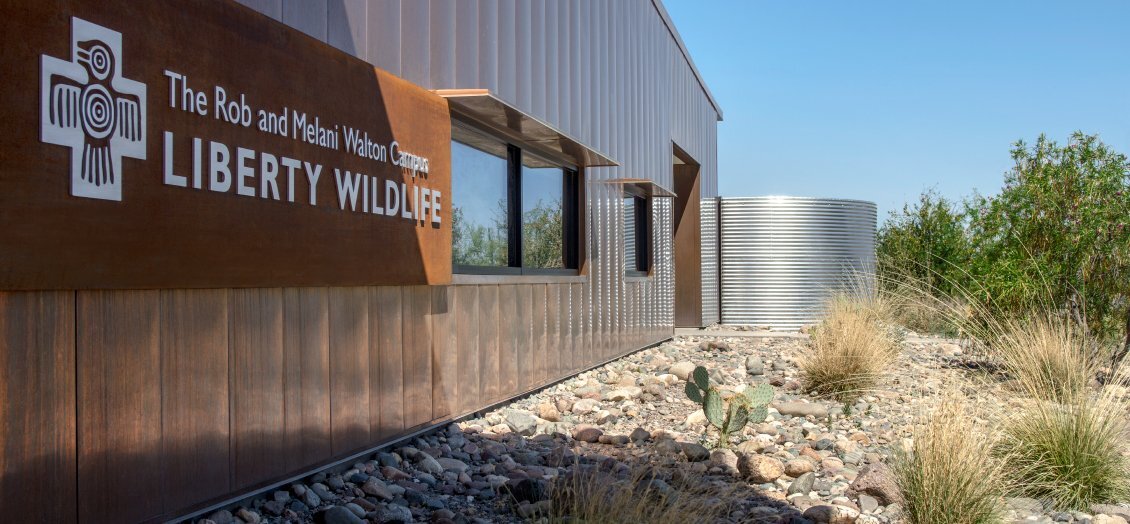
This non-profit educational and rehabilitation center is 80% powered by solar energy and includes low-flow plumbing design.
Burton Barr Library - College Depot

Associated Mechanical Engineers worked with Durkin Architects on the $10M reconstruction and remodel after a devastating flood.

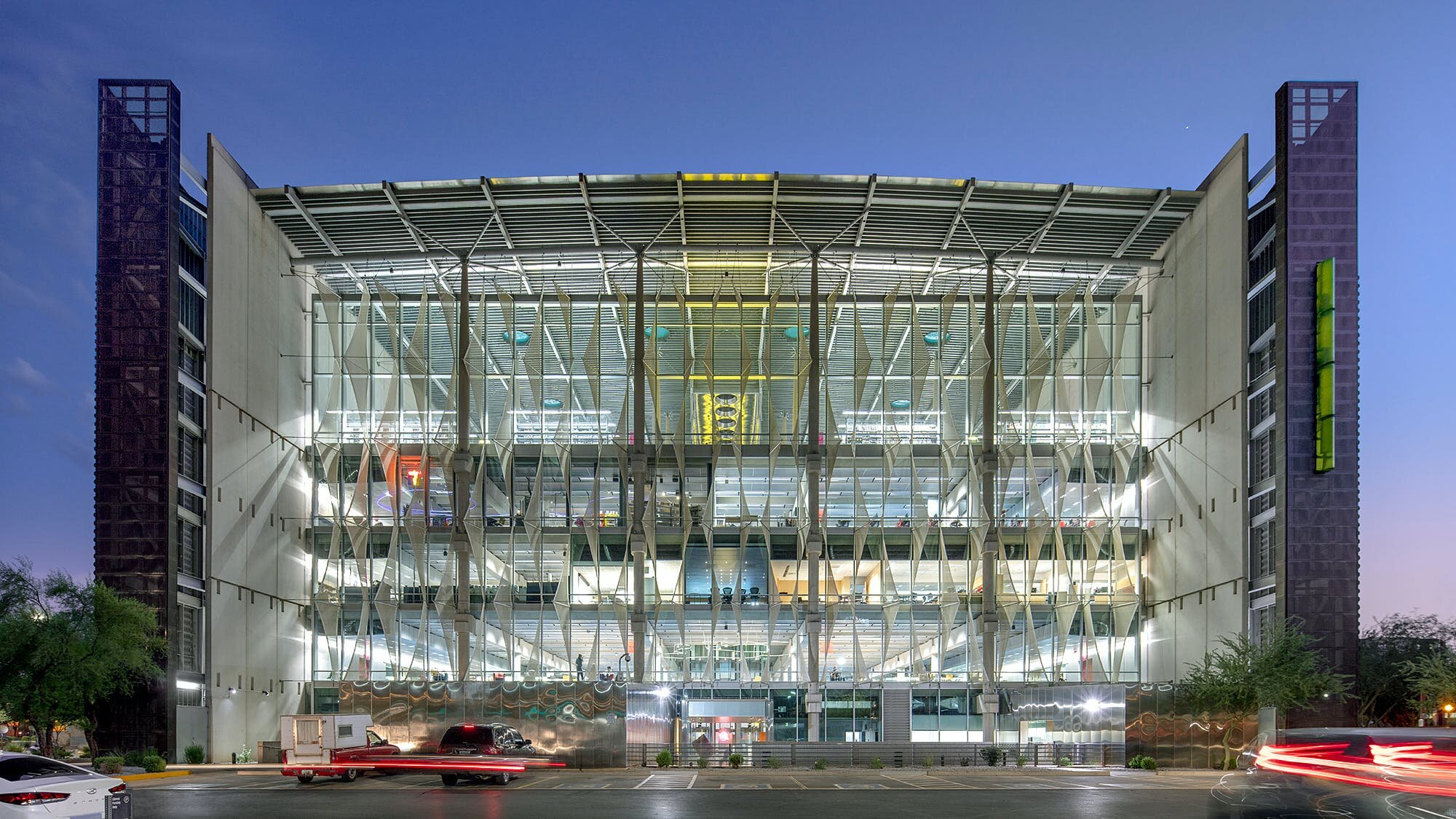
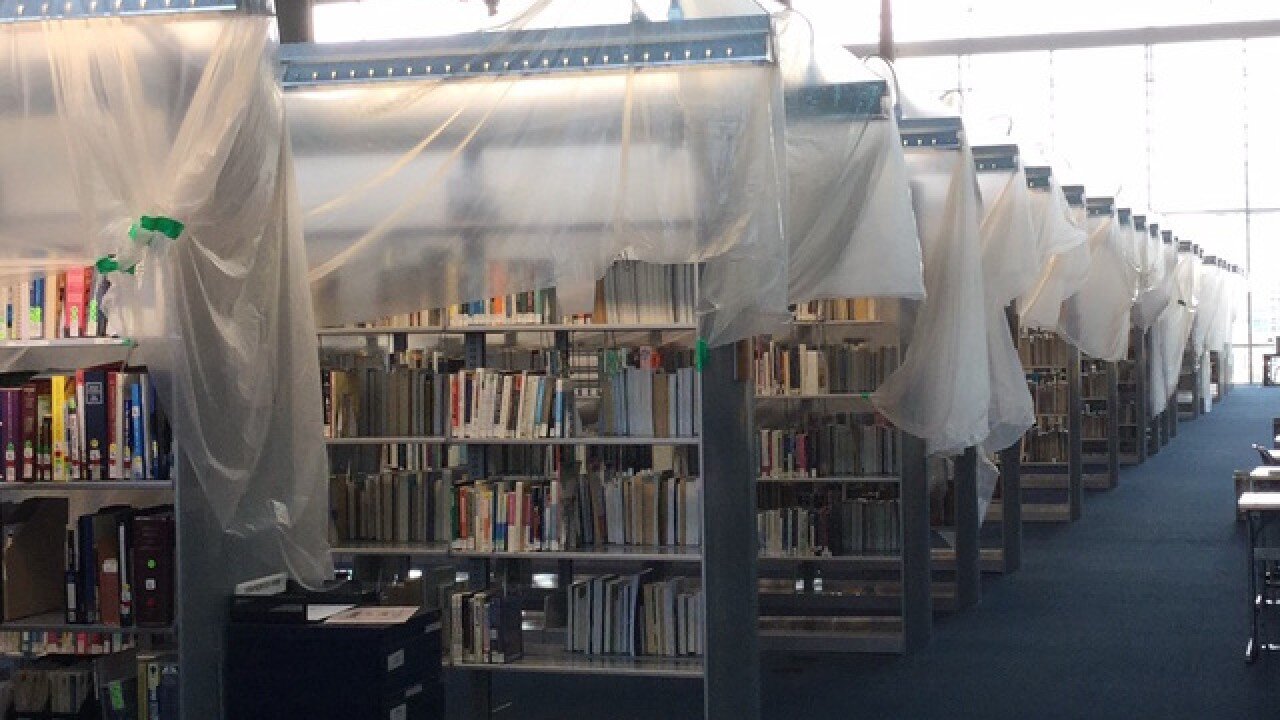

Museum of Northern Arizona- Easton Collections Center

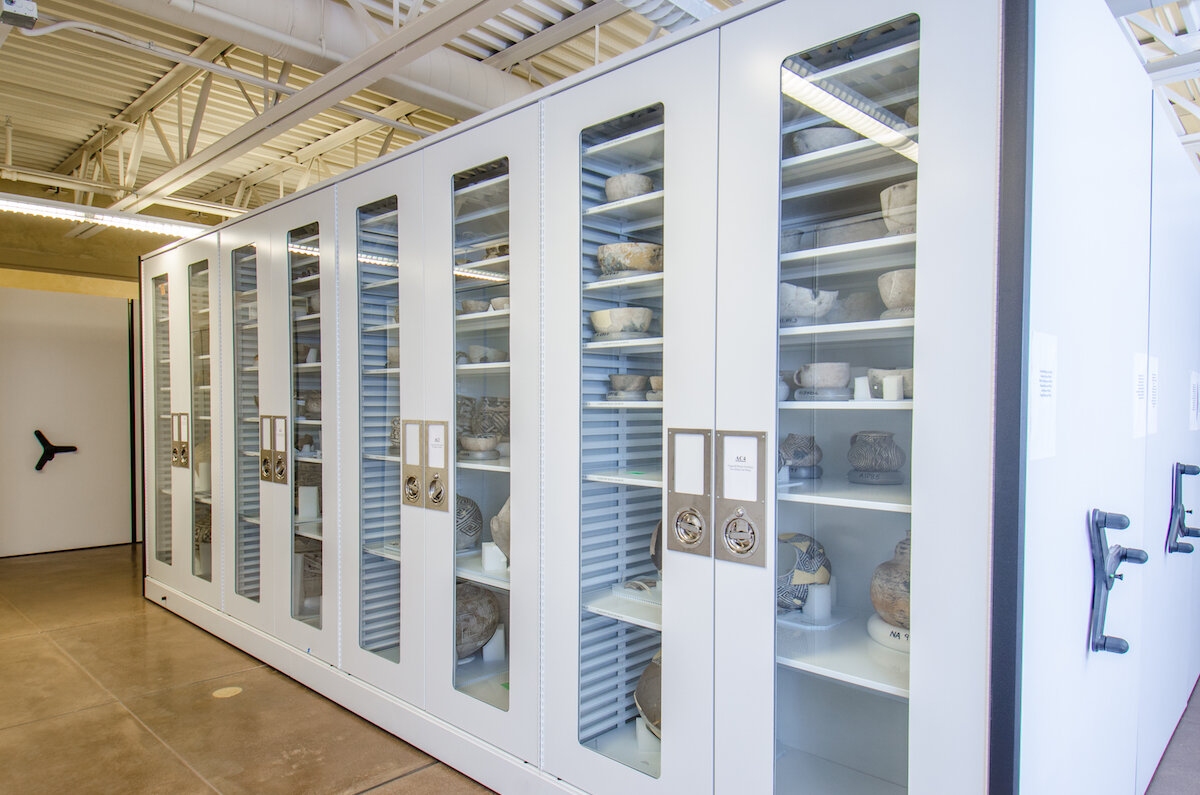
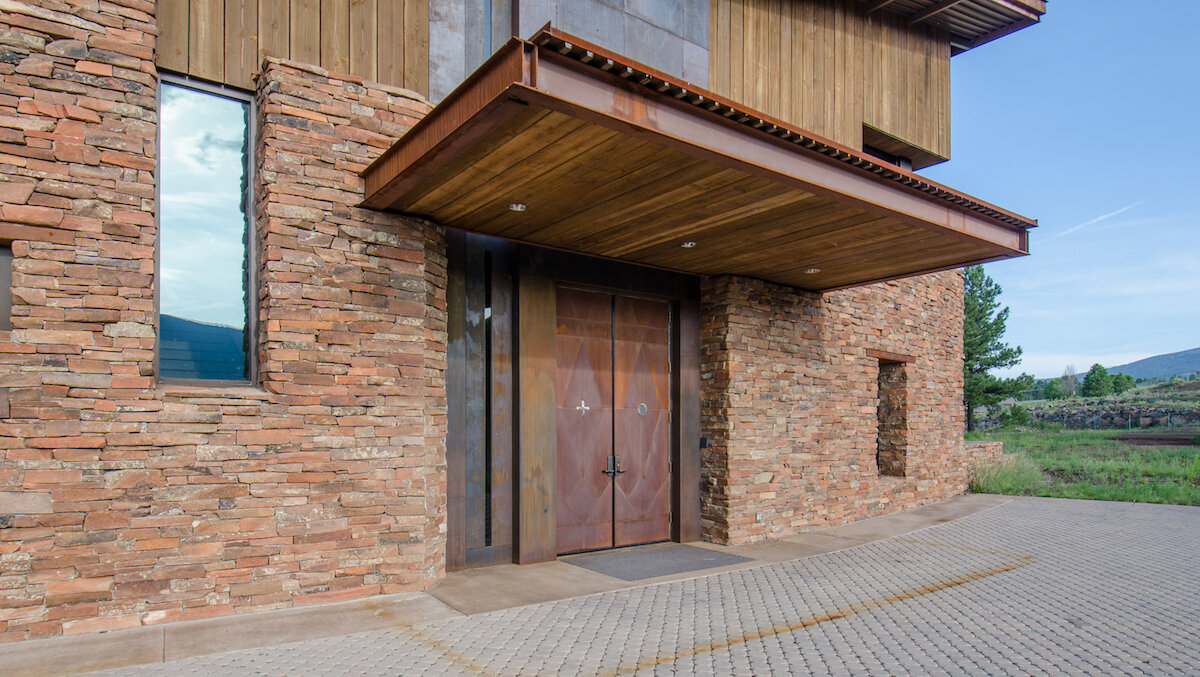
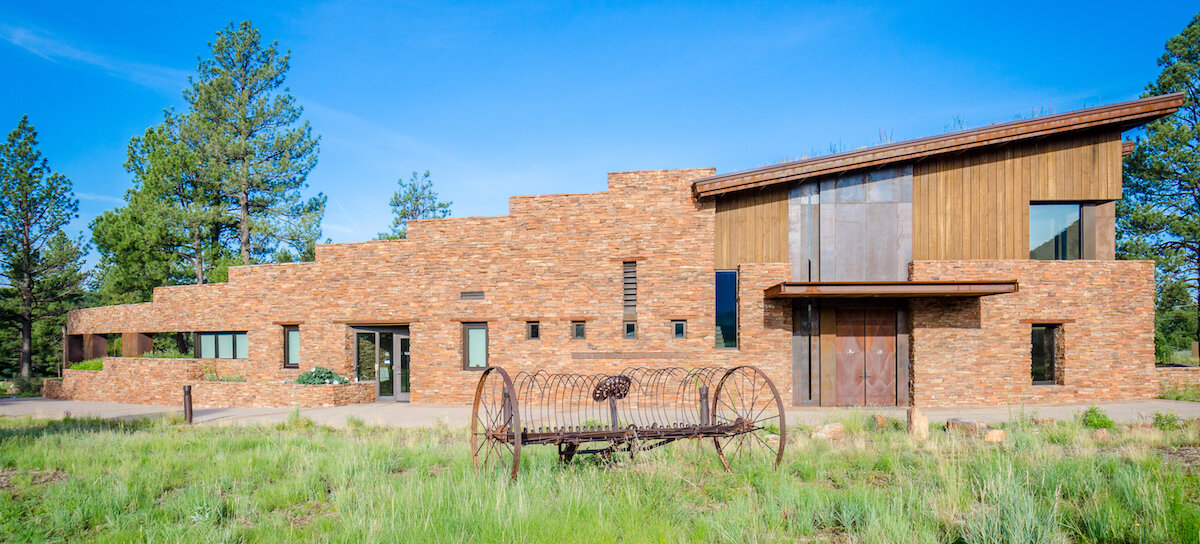


With a 14,000 sq-ft living roof to assist insulation and protection from storm runoff, interior lime plaster walls (to create a stable humidity level), in-floor radiant heating and cooling system, a 22,000-gallon rain/snow water harvesting cistern system, UV filtered skylights, insulated windows, photovoltaic solar panels, and other energy-saving and sustainable features, the Collection Center of the Museum of Northern Arizona has been awarded LEED Platinum and the 2009 Southwest Contractors Top Green Building Award.
For more:
Lowell Observatory Collection Center

This single-story archive building in Flagstaff includes a storage facility (with humidity and temperature control), a research library, offices, a processing room, and a public lobby. The storage rooms required precision design because delicate artifacts must be kept at -25 degrees Fahrenheit, in order to kill pests, slow mold growth, and prevent damage in general.




